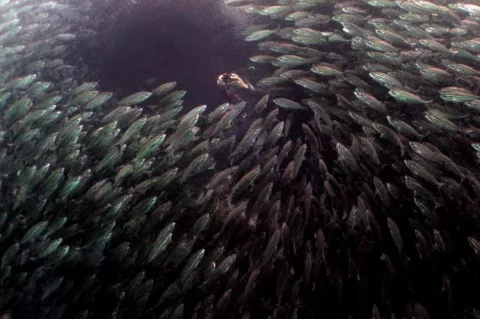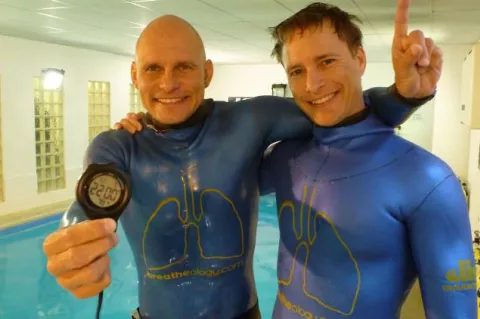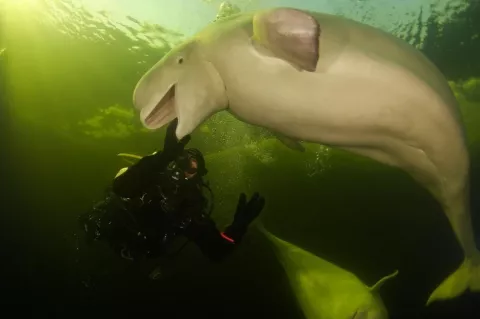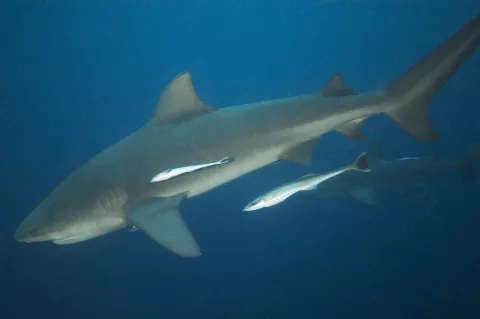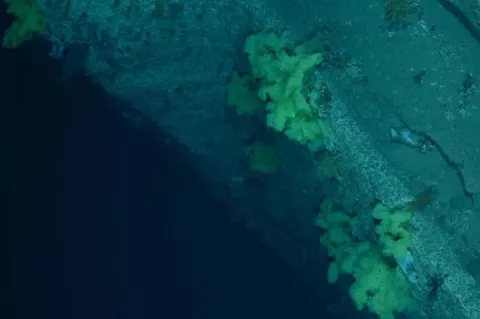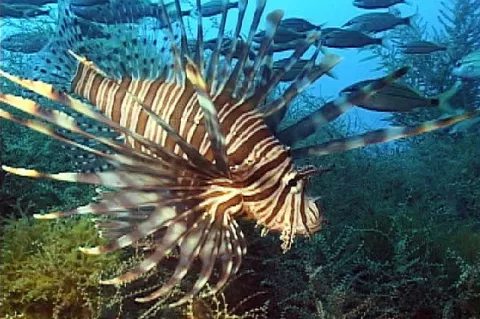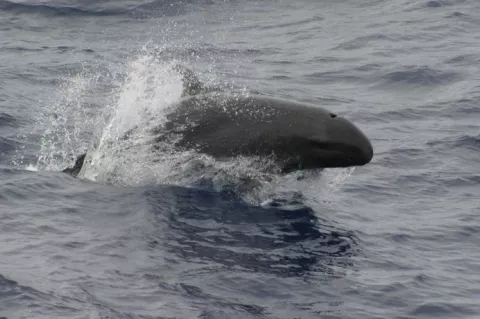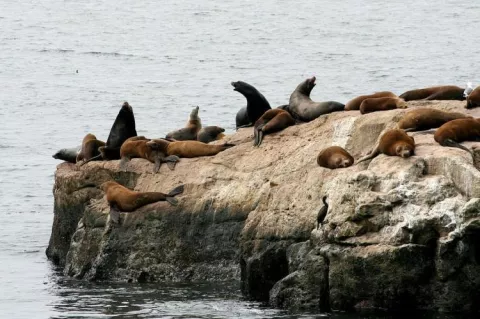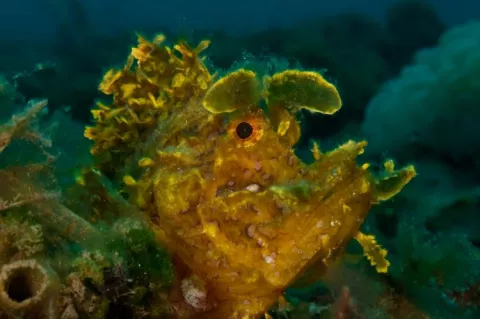Galápagos: Where the Big Things Are
Unlike Max in the children’s book by Maurice Sendak, Where the Wild Things Are, I hadn’t worn my wolf suit, or made mischief of one kind or another. I hadn’t been sent to my room before it transformed into an island of magical monsters only reachable after a year of sailing.
I wouldn’t want to spend that long on a boat, so I behaved(ish) and looked forward to being on Galápagos and spending my nights tucked up on dry land.

